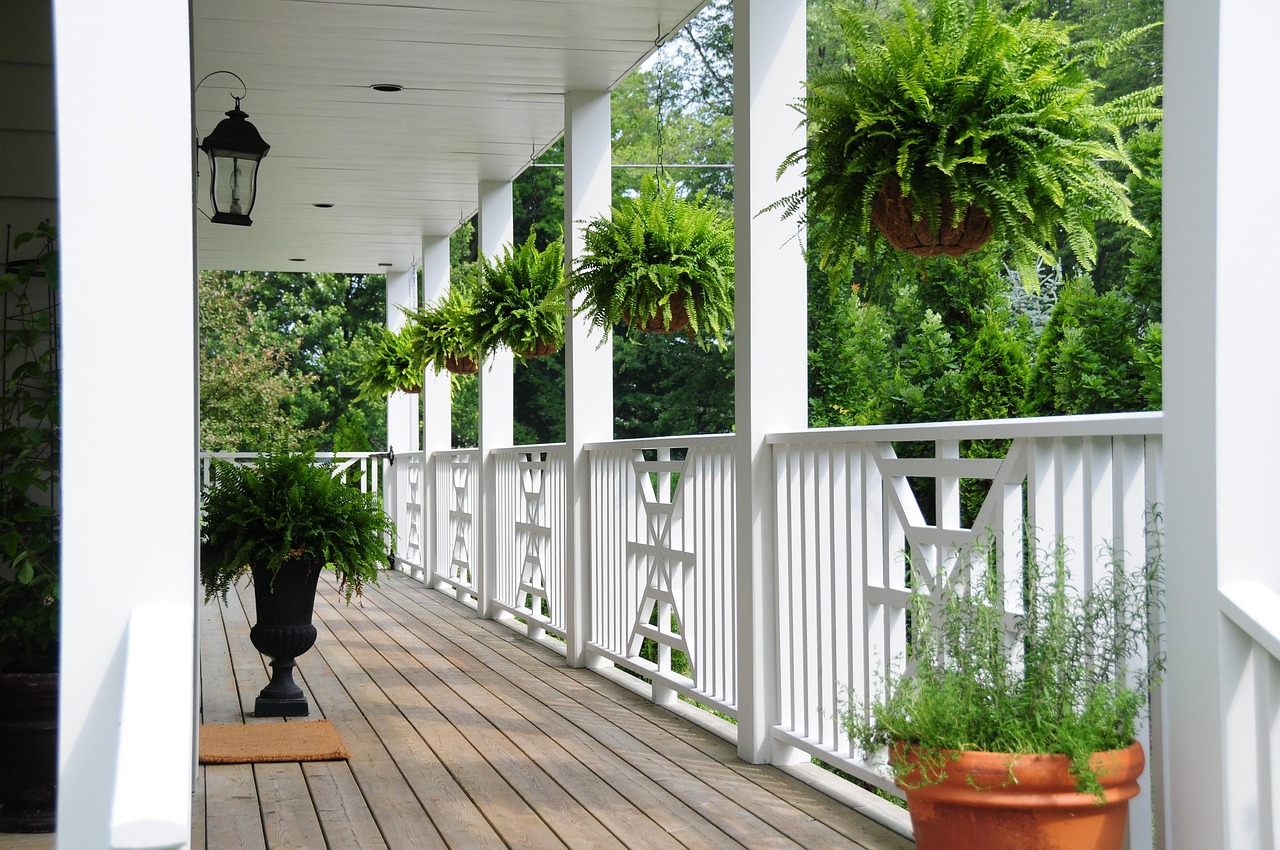Categories
cape fear living, Home DesignPublished October 7, 2025
Coastal Charm: Architectural Features and Design Tips for North Carolina Beach Homes

From Bald Head Island to the Outer Banks, North Carolina’s coastline is lined with homes that seem to belong to the rhythm of the sea. They’re beautiful, but they’re also built with purpose. Every architectural feature tells a story about how coastal living works in harmony with wind, water, and light.
If you’re dreaming of owning a home by the coast, understanding these design elements can help you spot quality, value, and long-term comfort. Here’s what makes North Carolina’s coastal homes both practical and irresistible.
1. Elevated Foundations Built for the Tide
Most coastal homes you’ll tour will be raised on pilings or an elevated foundation. It’s not just aesthetic, it’s a smart safeguard against storm surge and flooding. This elevation protects the main living areas while creating useful space underneath for parking, storage, or even an outdoor lounge area.
When evaluating a property, take note of the materials and elevation height because both impact insurance costs and peace of mind.
2. Classic Coastal Exteriors That Age Gracefully
That silvery-gray siding you see along the beach isn’t just pretty, it’s part of a long tradition of using natural materials that weather beautifully over time. Cedar shakes or fiber-cement shingles in soft, muted tones blend effortlessly with the dunes and sea grasses. In other communities, like Kure Beach, pastel shades of blue, orange, yellow, and coral accent the tones of the sand, ocean, and seaside grasses.
As you shop, look for homes that favor natural finishes and colors drawn from the coast itself: sandy taupes, driftwood grays, and soft ocean blues. These homes tend to age gracefully and hold curb appeal for years.
3. The Southern Porch and the Magic of “Haint Blue”
One hallmark of a true Carolina coastal home is its porch. Deep, shaded, and meant for lingering, it’s a built-in sanctuary from the sun.
If you glance up and see a pale blue ceiling, that’s haint blue. This beautiful color is a Lowcountry tradition believed to ward off spirits (and more practically, insects). The soft color mirrors the sky, making the space feel open and calming. Many homeowners still keep the custom alive, both for its history and its effect on the ambiance. Whether you choose Benjamin Moore’s “Palladian Blue,” Sherwin-Williams’ “Haunting Hue,” or mix your own version from family memory, painting your porch ceiling haint blue is a simple, timeless way to tie your home to Carolina tradition.
When touring homes, notice how the porch connects to the main living space. The flow is key to year-round comfort and resale value.
4. Open Layouts that Frame the View
Coastal homes in North Carolina are designed around what matters most: light, air, and the view. Expect open floor plans, vaulted ceilings, and walls of glass that invite the outdoors in.
Buyers often gravitate toward homes that balance that openness with livability: a kitchen that looks out toward the marsh, a family room that spills onto a screened porch, or bedrooms that catch the first morning light over the water.
Think beyond square footage; it’s the sightlines and breezes that define the experience.
5. Metal Roofs, Dormers, and Details that Last
A metal roof isn’t just a style statement; it’s a smart investment for coastal living. It reflects sunlight, stands up to salt air, and weathers storms with ease. Dormer windows, meanwhile, bring in natural light and lend instant charm to a home’s silhouette.
Together, these classic details are telltale signs of thoughtful design, the kind that adds long-term value and character.
6. Outdoor Living, the Coastal Way
In North Carolina’s beach towns, the best “rooms” are often outside. Look for homes with outdoor showers, screened porches, and decks oriented to catch ocean breezes.
Native landscaping like sea oats, yaupon holly, and wax myrtle, keeps maintenance low and ties the property to its surroundings. Soft, shielded lighting is another plus, helping protect sea turtles and preserve the natural night sky.
7. Storm-Smart and Sustainable Features
Modern coastal homes quietly blend charm with strength. Impact-rated windows, reinforced framing, and flood-resistant materials all matter when you live near the water. Bonus points for energy-efficient upgrades like solar panels or rainwater collection systems. These are increasingly attractive to today’s buyers and insurers alike.
When reviewing listings or touring properties, ask how the home was built or updated to meet current coastal building codes. Resilience is part of what makes a beach house truly livable.
The Lasting Allure of Carolina Coastal Homes
Owning a home on the North Carolina coast means embracing a way of life shaped by nature to be calm, open, and enduring. The weathered shingles, deep porches, and haint blue ceilings aren’t just decoration; they’re the architectural shorthand for generations of smart, soulful design.
So as you explore properties along our shoreline, look for those thoughtful details. They’re more than pretty, they’re proof that the home was built for this place, ready to stand steady and welcome you home to the sound of the sea.





